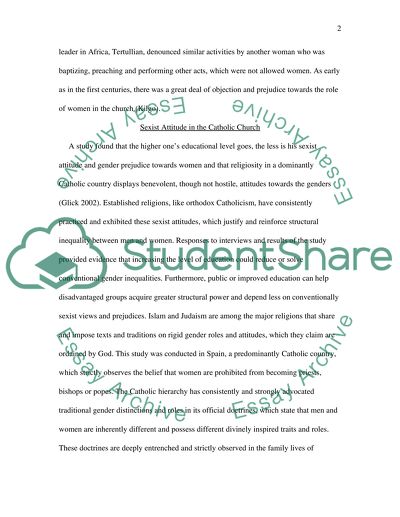Cite this document
(Women in Catholicism Coursework Example | Topics and Well Written Essays - 1750 words, n.d.)
Women in Catholicism Coursework Example | Topics and Well Written Essays - 1750 words. https://studentshare.org/religion-and-theology/1536692-women-in-catholicism
Women in Catholicism Coursework Example | Topics and Well Written Essays - 1750 words. https://studentshare.org/religion-and-theology/1536692-women-in-catholicism
(Women in Catholicism Coursework Example | Topics and Well Written Essays - 1750 Words)
Women in Catholicism Coursework Example | Topics and Well Written Essays - 1750 Words. https://studentshare.org/religion-and-theology/1536692-women-in-catholicism.
Women in Catholicism Coursework Example | Topics and Well Written Essays - 1750 Words. https://studentshare.org/religion-and-theology/1536692-women-in-catholicism.
“Women in Catholicism Coursework Example | Topics and Well Written Essays - 1750 Words”. https://studentshare.org/religion-and-theology/1536692-women-in-catholicism.


